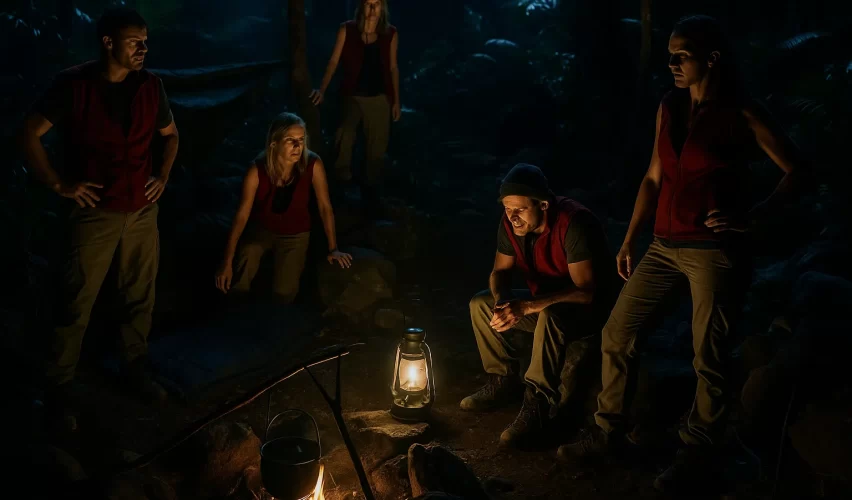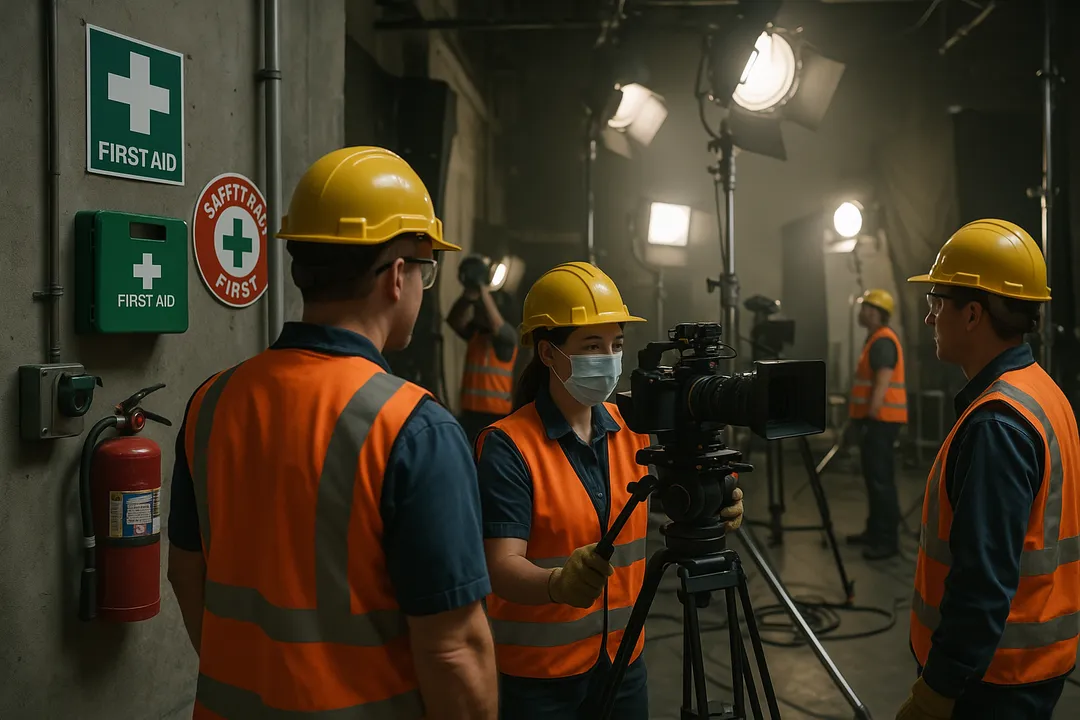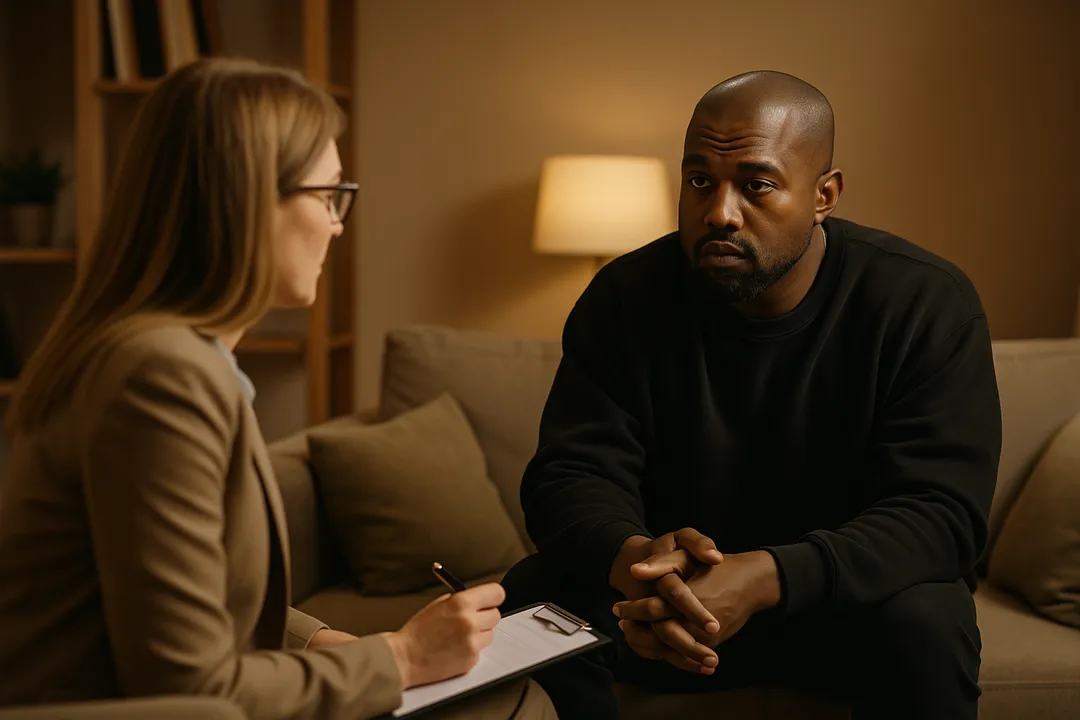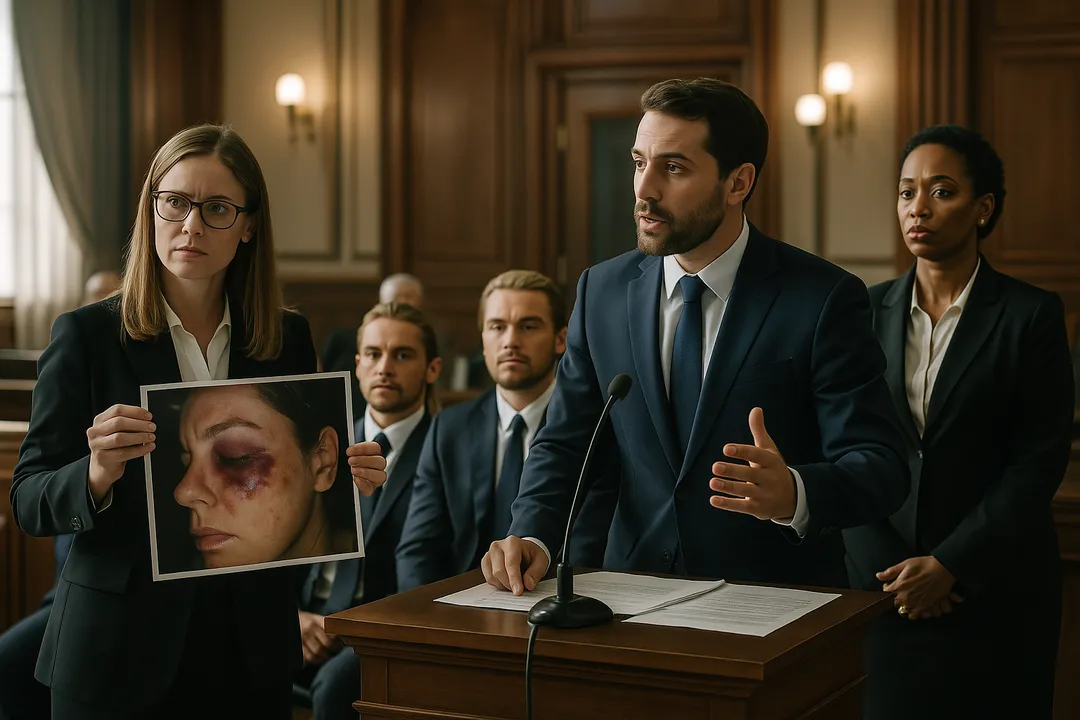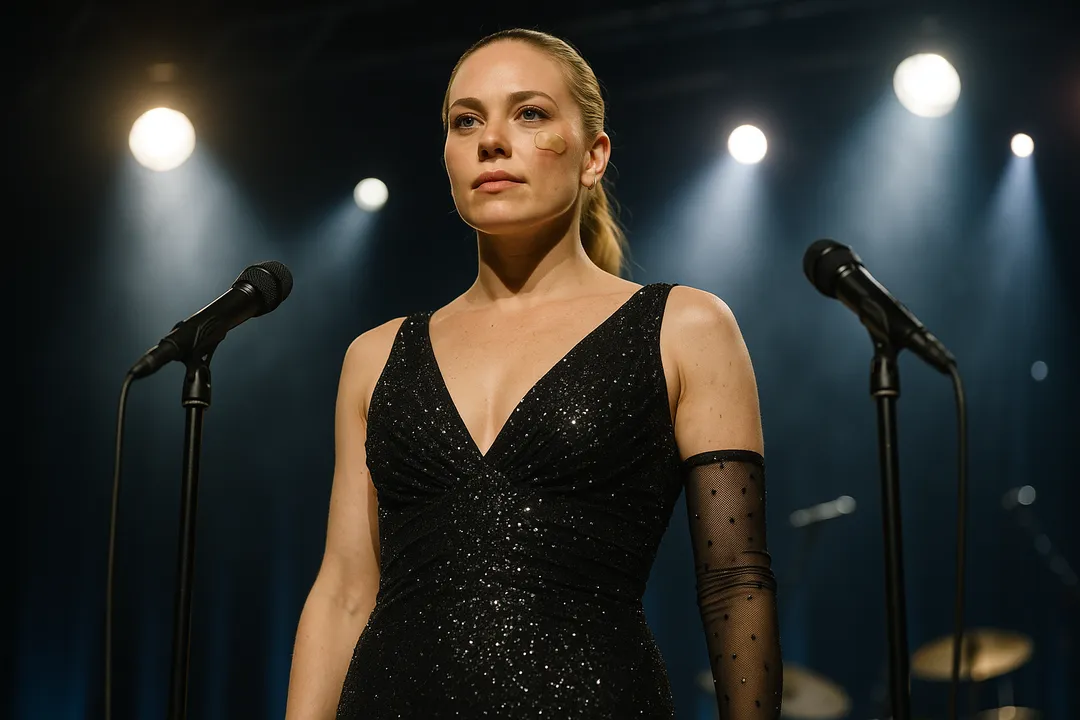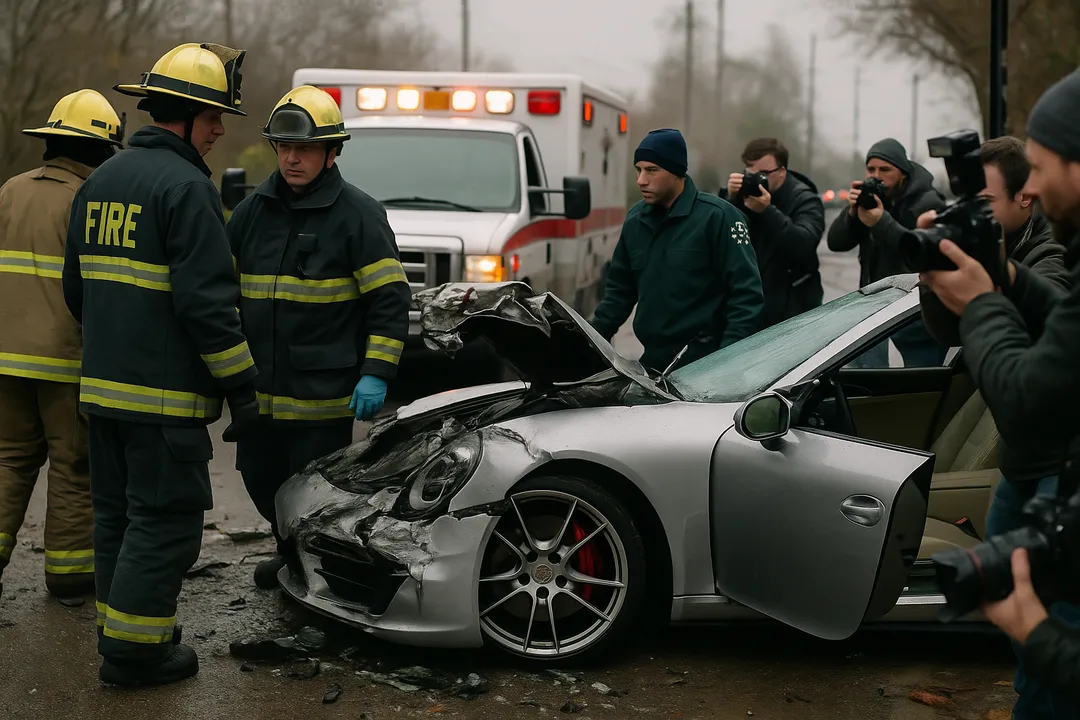The reality television industry faces renewed scrutiny following supermodel Janice Dickinson’s high-profile lawsuit against British broadcaster ITV over serious injuries she sustained during filming of “I’m a Celebrity… Get Me Out of Here!” in South Africa. The 70-year-old former “America’s Next Top Model” judge suffered severe head and facial injuries after tripping while walking to the toilet during the night at the jungle camp, an incident that has raised critical questions about duty of care, safety protocols, and legal liability in reality television production.
Dickinson’s case, filed in the High Court as a personal injury claim, alleges that inadequate lighting and unsafe conditions contributed to her fall, which left her with blood gushing from a head wound and requiring immediate medical evacuation from the show. Medical scans confirmed no skull fracture, but she sustained severe head and facial injuries, including a black eye and cuts requiring stitches, forcing her withdrawal from the South Africa series.
This incident represents more than just another reality TV mishap—it highlights the complex legal landscape surrounding celebrity safety in uncontrolled environments and the evolving standards of care that production companies must meet when placing high-profile participants in challenging and potentially dangerous situations. As we explored in our analysis of celebrity lawsuit trends in injury cases, the entertainment industry’s approach to celebrity safety and liability continues to evolve in response to high-profile incidents.
The Incident: A Dangerous Night in the Jungle
According to court documents and media reports, Dickinson’s injury occurred during the night while she was attempting to navigate from her sleeping area to the toilet facilities at the South African jungle camp. The specific circumstances of her fall highlight the inherent dangers of reality TV productions that place celebrities in unfamiliar and challenging environments with minimal infrastructure and lighting.
The incident reportedly occurred when Dickinson tripped while walking in what she describes as inadequately lit conditions. The fall resulted in immediate and severe injuries, with witnesses describing blood gushing from her head wound. The severity of the injuries required immediate medical attention and ultimately forced her evacuation from the show and withdrawal from the competition.
What makes this incident particularly significant is that it occurred during a routine activity—walking to the toilet—rather than during one of the show’s planned challenges or activities. This distinction is crucial from a legal perspective, as it raises questions about the production’s basic duty of care for contestant safety during all aspects of their participation, not just during filmed segments.
The fact that Dickinson was found with serious injuries after what should have been a simple nighttime walk to the facilities suggests potential failures in basic safety infrastructure, lighting, and environmental management that go to the heart of production companies’ responsibilities for contestant welfare.
Legal Framework for Reality TV Safety
The legal obligations of reality television producers regarding contestant safety are complex and evolving, particularly when productions take place in challenging international locations. British broadcasting law, under which ITV operates, establishes clear duties of care for production companies regarding participant safety, but the application of these standards to international productions creates additional legal complexities.
Under UK law, television producers have a duty to take reasonable care for the safety of participants, which includes providing safe working conditions, adequate supervision, and appropriate emergency response capabilities. This duty extends beyond the filming of specific challenges to encompass all aspects of the participant experience, including basic living conditions and infrastructure.
The international nature of the South African production adds layers of legal complexity, as questions arise about which jurisdiction’s laws apply and what standards of care are required when British productions operate in foreign countries. The production company must navigate not only British broadcasting standards but also local South African safety regulations and international legal frameworks.
Dickinson’s lawsuit will likely focus on whether ITV and the production company met their duty of care obligations by providing adequate lighting, safe pathways, and appropriate infrastructure for basic needs like toilet facilities. The case may establish important precedents for how reality TV productions must balance the authentic “survival” experience that audiences expect with basic safety requirements for celebrity participants.
The Business of Celebrity Reality TV
The financial stakes in celebrity reality television are enormous, with shows like “I’m a Celebrity” generating millions in advertising revenue and international format sales. The participation of high-profile celebrities like Dickinson is crucial to these shows’ success, but it also creates significant legal and financial risks when injuries occur.
Celebrity participants in reality shows typically command substantial appearance fees, often in the hundreds of thousands of pounds for major international stars. These fees reflect not only their entertainment value but also the risks they assume by participating in challenging and potentially dangerous activities. However, the question of what risks are reasonable and what safety measures are required remains a contentious legal issue.
The insurance implications of celebrity injuries on reality shows are particularly complex. Productions typically carry extensive liability insurance, but the specific terms of coverage can vary significantly depending on the nature of the activities involved and the location of filming. International productions face additional complications regarding insurance coverage and claims processing.
The reputational impact of serious injuries can also be significant for both the production company and the broadcaster. High-profile incidents like Dickinson’s can affect public perception of the show’s safety standards and potentially impact future celebrity participation and audience viewership.
Duty of Care in Extreme Environments
Reality television shows that place celebrities in challenging environments face unique legal challenges in defining and meeting their duty of care obligations. The tension between creating authentic “survival” experiences and ensuring participant safety creates a complex legal landscape that continues to evolve through cases like Dickinson’s.
The concept of “assumed risk” is often central to these cases, with production companies arguing that celebrities voluntarily assume certain risks by participating in shows that are explicitly designed to be challenging and uncomfortable. However, courts have generally held that this assumption of risk does not absolve producers of their basic duty to provide reasonably safe conditions for essential activities.
Dickinson’s case is particularly significant because her injury occurred during a basic necessity—using toilet facilities—rather than during a voluntary challenge or activity. This distinction may be crucial in determining whether the production company met its minimum safety obligations, regardless of the show’s overall “survival” theme.
The international location of the production adds another layer of complexity to duty of care considerations. Productions must balance the authentic experience of challenging environments with the practical requirements of ensuring participant safety, often in locations where emergency medical care may be limited or distant.
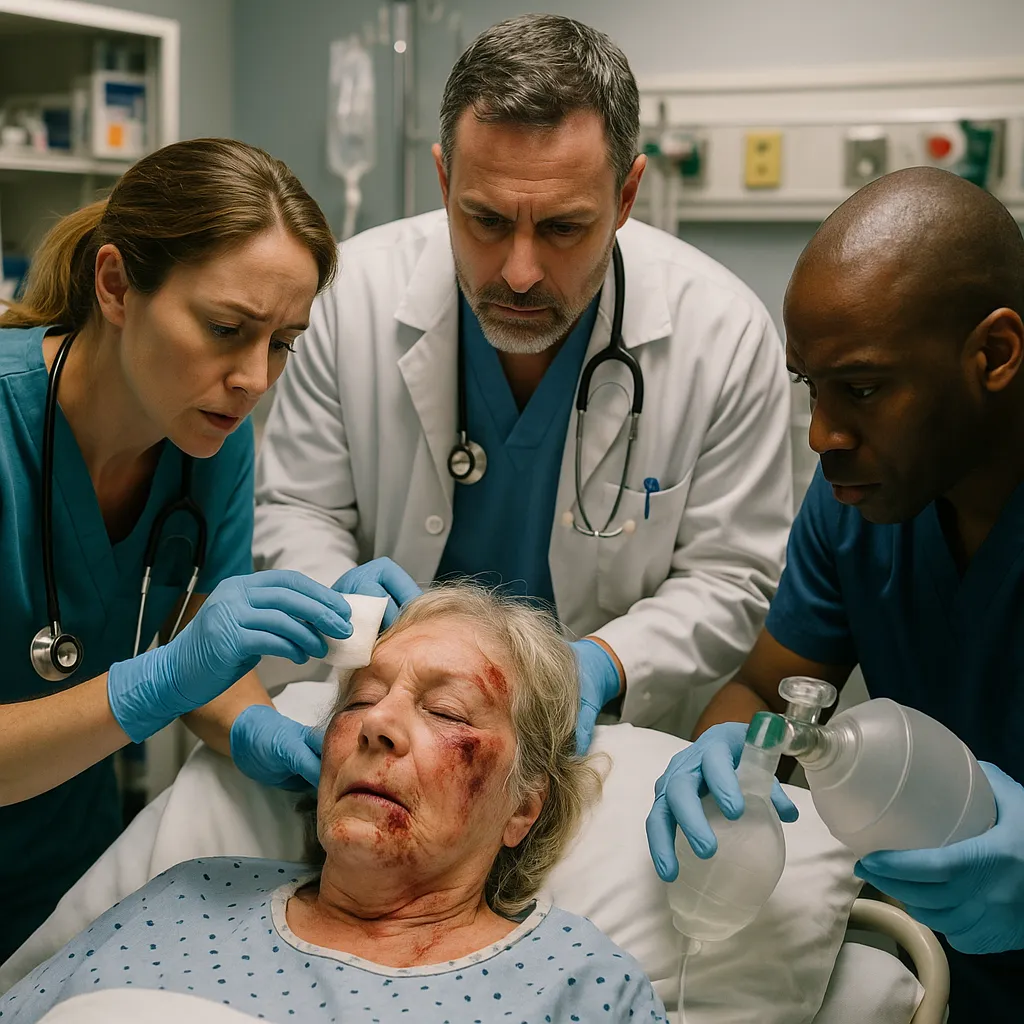
Medical Response and Emergency Protocols
The adequacy of medical response and emergency protocols in reality television productions is often a critical factor in injury cases. Dickinson’s case will likely scrutinize whether appropriate medical personnel and emergency response capabilities were available at the South African location.
Reality shows filming in remote locations typically employ medical professionals and maintain emergency evacuation protocols, but the specific adequacy of these measures can become contentious when serious injuries occur. The time required to provide medical attention and evacuate injured participants can be crucial factors in determining liability.
The fact that Dickinson required immediate medical evacuation suggests that on-site medical capabilities were insufficient to treat her injuries, raising questions about whether adequate medical resources were available for the types of injuries that could reasonably be expected in the production environment.
Emergency response protocols must also account for the unique challenges of celebrity participants, who may have specific medical needs or conditions that require specialized care. The age and health status of participants like the 70-year-old Dickinson may require enhanced medical preparedness and more conservative safety protocols.
Insurance and Financial Implications
The insurance implications of Dickinson’s lawsuit extend far beyond immediate medical costs to encompass potential liability damages, production delays, and long-term reputational impacts. Reality television productions typically carry comprehensive liability insurance, but the specific terms and coverage limits can significantly affect how claims are handled.
Celebrity injury claims often involve substantial damages beyond medical expenses, including lost earnings, pain and suffering, and potential long-term health impacts. For a celebrity of Dickinson’s stature, these damages can be significant, particularly if the injuries affect her ability to work or participate in future projects.
The international nature of the production may complicate insurance coverage and claims processing, as different jurisdictions may have varying requirements for insurance coverage and different standards for damage calculations. The interaction between British insurance policies and South African legal requirements adds complexity to the financial aspects of the case.
Production insurance policies often include specific exclusions or limitations for certain types of activities or injuries, and the specific circumstances of Dickinson’s fall will likely be scrutinized to determine what coverage is available and what exclusions may apply.
Industry Standards and Best Practices
The reality television industry has developed increasingly sophisticated safety standards and best practices over the past two decades, driven in part by high-profile incidents and the resulting legal and financial consequences. However, Dickinson’s injury suggests that current standards may not be adequate for all situations and environments.
Industry organizations and regulatory bodies have established guidelines for reality television production safety, but these standards often focus on planned activities and challenges rather than basic infrastructure and living conditions. The distinction between “challenge safety” and “basic living safety” may become a key issue in Dickinson’s case.
The specific safety standards for international productions are often less well-defined than those for domestic productions, creating potential gaps in safety oversight and accountability. Productions filming in challenging international locations must navigate varying local safety standards while meeting the expectations of their home country’s regulatory framework.
The evolution of safety standards in reality television often follows high-profile incidents, with new protocols and requirements implemented in response to specific types of accidents or injuries. Dickinson’s case may lead to enhanced standards for basic infrastructure and lighting in reality television productions.

Celebrity Age and Vulnerability Considerations
Dickinson’s age—70 at the time of her injury—raises important questions about how reality television productions should account for the varying physical capabilities and vulnerability of celebrity participants. The duty of care owed to older participants may be higher than that owed to younger, more physically capable celebrities.
Age-related factors such as reduced night vision, slower reaction times, and increased fragility can significantly affect the risks faced by older celebrity participants in challenging environments. Productions may need to implement enhanced safety measures or modified protocols for older participants to meet their duty of care obligations.
The selection and screening of celebrity participants for reality shows often involves medical evaluations and fitness assessments, but the adequacy of these evaluations in identifying and addressing age-related risks may be scrutinized in cases like Dickinson’s.
The entertainment value of having diverse age groups participate in reality shows must be balanced against the increased safety obligations and potential liability that comes with including older or more vulnerable participants.
Comparative Analysis with Other Reality TV Incidents
Dickinson’s case is part of a broader pattern of celebrity injuries on reality television shows that have led to increased scrutiny of safety standards and legal liability. As documented in our analysis of the impact of social media on celebrity injury news coverage, reality TV injuries have become increasingly visible and legally significant.
Previous cases involving celebrity injuries on reality shows have established important legal precedents regarding production liability, duty of care standards, and damage calculations. The outcomes of these cases often influence how similar situations are handled and what preventive measures are implemented.
The specific circumstances of each case—the type of activity, the nature of the injury, and the adequacy of safety measures—create unique legal challenges that contribute to the evolving landscape of reality television liability law.
International productions face additional complications in applying legal precedents, as different jurisdictions may have varying standards for duty of care and different approaches to liability determination.
The Role of Celebrity Contracts and Waivers
Celebrity participation in reality television shows typically involves extensive contractual agreements that address safety, liability, and risk allocation. However, the enforceability of these contracts and any liability waivers they contain can be limited by legal principles that protect participants from unreasonable risk assumption.
Courts generally hold that participants cannot waive their rights to basic safety protections, even in challenging reality television environments. The distinction between reasonable risk assumption and negligent safety failures becomes crucial in determining the enforceability of contractual liability limitations.
Dickinson’s case will likely involve scrutiny of her participation contract and any waivers or risk assumption clauses it contains. The specific language of these agreements and their enforceability under applicable law will be key factors in determining liability and damages.
The international nature of the production may affect the enforceability of contractual provisions, as different jurisdictions have varying approaches to liability waivers and risk assumption in entertainment contexts.
Long-term Implications for Reality Television
The outcome of Dickinson’s lawsuit will likely have significant implications for the future of celebrity reality television, particularly for productions that take place in challenging international locations. The case may establish new standards for basic safety infrastructure and duty of care obligations that could affect how these shows are produced and insured.
The financial impact of successful celebrity injury claims can be substantial enough to affect the economic viability of certain types of reality television productions. If liability standards become too stringent or insurance costs too high, some productions may become economically unfeasible.
The reputational impact of high-profile injury cases can also affect celebrity willingness to participate in reality shows, potentially limiting the talent pool available for these productions and affecting their entertainment value and commercial success.
The evolution of safety standards in response to cases like Dickinson’s may lead to more controlled and less authentic reality television experiences, potentially affecting the genre’s appeal to audiences who value the perceived authenticity of challenging environments.
Conclusion
Janice Dickinson’s lawsuit against ITV over her injuries on “I’m a Celebrity… Get Me Out of Here!” represents a critical test case for the reality television industry’s approach to celebrity safety and legal liability. The case highlights the complex challenges facing productions that seek to balance entertainment value with participant safety, particularly when filming in challenging international locations with older or more vulnerable celebrity participants.
The legal principles established in this case will likely influence how reality television productions approach safety planning, infrastructure requirements, and duty of care obligations for years to come. The specific circumstances of Dickinson’s injury—occurring during a basic necessity rather than a planned challenge—may establish new standards for the minimum safety requirements that productions must meet regardless of their “survival” or challenge themes.
For the broader entertainment industry, Dickinson’s case serves as a reminder of the evolving legal landscape surrounding celebrity safety and the increasing sophistication of legal challenges to traditional industry practices. The intersection of celebrity status, international production, and challenging environments creates unique legal complexities that require careful navigation by production companies, broadcasters, and their legal and insurance advisors.
The outcome of this case will be closely watched not only by reality television producers but by the broader entertainment industry as an indicator of how courts will balance the competing interests of entertainment value, participant autonomy, and safety obligations in increasingly complex and challenging production environments.
As the reality television genre continues to evolve and push boundaries in pursuit of audience engagement, cases like Dickinson’s serve as important reminders of the human costs that can accompany these ambitious productions and the legal responsibilities that come with placing celebrities in challenging and potentially dangerous situations for entertainment purposes.


